Jeremy Gardiner Portland Stone, Anvil Point, Swanage, 2021 Acrylic and Jesmonite on Poplar Panel Signed on verso 15 x 10cm (5¾ x 3¾ in.) Jeremy Gardiner's artistic excavation of the geology of landscape is shaped both by human activity and by the forces of nature. His painting is informed by science, geomorphology, new technologies and direct physical engagement with ancient landscapes. Gardiner interprets, through his painting and printmaking, a variety of landscapes that contain the marks and secrets of their own distant formation, giving them a unique, contemporary depth and beauty. His artistic exploration has taken him from the Jurassic Coast of Dorset to the rugged coast of Cornwall, the Oceanic islands of Brazil, the arid beauty of the island of Milos in Greece and the Lake District and its numerous waterfalls. Gardiner's spatially probing and texturally explicit pictures creatively transform the lessons learnt from pioneering modern British landscape painters such as John Tunnard Ben Nicholson Peter Lanyon and the American artist Richard Diebenkorn 'Gardiner's distinctive laminar landscapes reveal their layered meanings only over time - this is not instant art, but art which discloses itself gradually. Its richness matches the complexity of the world it seeks to evoke, and offers back an interpretation of it which is both personal and penetrating.' Andrew Lambirth, Art Critic Gardiner studied Fine Art at Newcastle University from 1975 -79 and painting at the Royal College of Art from 1980-83. He was a Harkness Fellow at Massachusetts Institute of Technology from 1984-86.Gardiner's monograph 'The Art of Jeremy Gardiner Unfolding Landscape' was published by Lund Humphries in 2013 that year Gardiner was awarded the prestigious Discerning Eye ING Art prize for 'Pendeen Lighthouse', the first painting in a series that would evolve into Pillars of Light, his sellout exhibition which took place in September, 2016 at The Nine British Art, St James's, London. His paintings have been exhibited in Europe, the USA, South America, and Japan. He has won numerous awards throughout his career including a Churchill Fellowship and New York Foundation for the Arts Fellowship. Gardiner's paintings are represented in public and corporate collections including the Victoria and Albert Museum, the Government Art Collection, BNP Paribas and Pincent Masons. His most recent exhibitions include Drawn to the Coast in 2017, and Tintagel to Lulworth in 2019. South by Southwest a recent touring museum exhibition was a journey to explore the modern-day reality of our coastline from Kent to Cornwall, looking afresh at the harbours, bays, coves, castles and follies that characterise the remarkable shoreline of the South Coast. The show was cut short by the pandemic in 2020, paintings from this body of work are on display at Linley Belgravia and The Nine British Art, St James's, London during summer 2021.The Nine British Art, 9 Bury Street, St James's, LondonMy work reflects a deep and long-term interest with the geology of landscape and how it is shaped by the forces of nature. In this piece, a study of the Purbeck limestone at Anvil Point my working method involves building accretions of paint on poplar panel and sanding them down, in an attempt to emulate on the surface of my paintings, the effects of geological time on the terrain. Landscape painting is thriving in the 21st Century, reasons may include our imminent environmental collapse and an increasingly digitally mediated existence. I believe if I can paint pictures that encompass an understanding of different landscapes their underlying structures, contours and unique history, then it is time well spent.
Jeremy Gardiner Portland Stone, Anvil Point, Swanage, 2021 Acrylic and Jesmonite on Poplar Panel Signed on verso 15 x 10cm (5¾ x 3¾ in.) Jeremy Gardiner's artistic excavation of the geology of landscape is shaped both by human activity and by the forces of nature. His painting is informed by science, geomorphology, new technologies and direct physical engagement with ancient landscapes. Gardiner interprets, through his painting and printmaking, a variety of landscapes that contain the marks and secrets of their own distant formation, giving them a unique, contemporary depth and beauty. His artistic exploration has taken him from the Jurassic Coast of Dorset to the rugged coast of Cornwall, the Oceanic islands of Brazil, the arid beauty of the island of Milos in Greece and the Lake District and its numerous waterfalls. Gardiner's spatially probing and texturally explicit pictures creatively transform the lessons learnt from pioneering modern British landscape painters such as John Tunnard Ben Nicholson Peter Lanyon and the American artist Richard Diebenkorn 'Gardiner's distinctive laminar landscapes reveal their layered meanings only over time - this is not instant art, but art which discloses itself gradually. Its richness matches the complexity of the world it seeks to evoke, and offers back an interpretation of it which is both personal and penetrating.' Andrew Lambirth, Art Critic Gardiner studied Fine Art at Newcastle University from 1975 -79 and painting at the Royal College of Art from 1980-83. He was a Harkness Fellow at Massachusetts Institute of Technology from 1984-86.Gardiner's monograph 'The Art of Jeremy Gardiner Unfolding Landscape' was published by Lund Humphries in 2013 that year Gardiner was awarded the prestigious Discerning Eye ING Art prize for 'Pendeen Lighthouse', the first painting in a series that would evolve into Pillars of Light, his sellout exhibition which took place in September, 2016 at The Nine British Art, St James's, London. His paintings have been exhibited in Europe, the USA, South America, and Japan. He has won numerous awards throughout his career including a Churchill Fellowship and New York Foundation for the Arts Fellowship. Gardiner's paintings are represented in public and corporate collections including the Victoria and Albert Museum, the Government Art Collection, BNP Paribas and Pincent Masons. His most recent exhibitions include Drawn to the Coast in 2017, and Tintagel to Lulworth in 2019. South by Southwest a recent touring museum exhibition was a journey to explore the modern-day reality of our coastline from Kent to Cornwall, looking afresh at the harbours, bays, coves, castles and follies that characterise the remarkable shoreline of the South Coast. The show was cut short by the pandemic in 2020, paintings from this body of work are on display at Linley Belgravia and The Nine British Art, St James's, London during summer 2021.The Nine British Art, 9 Bury Street, St James's, LondonMy work reflects a deep and long-term interest with the geology of landscape and how it is shaped by the forces of nature. In this piece, a study of the Purbeck limestone at Anvil Point my working method involves building accretions of paint on poplar panel and sanding them down, in an attempt to emulate on the surface of my paintings, the effects of geological time on the terrain. Landscape painting is thriving in the 21st Century, reasons may include our imminent environmental collapse and an increasingly digitally mediated existence. I believe if I can paint pictures that encompass an understanding of different landscapes their underlying structures, contours and unique history, then it is time well spent.

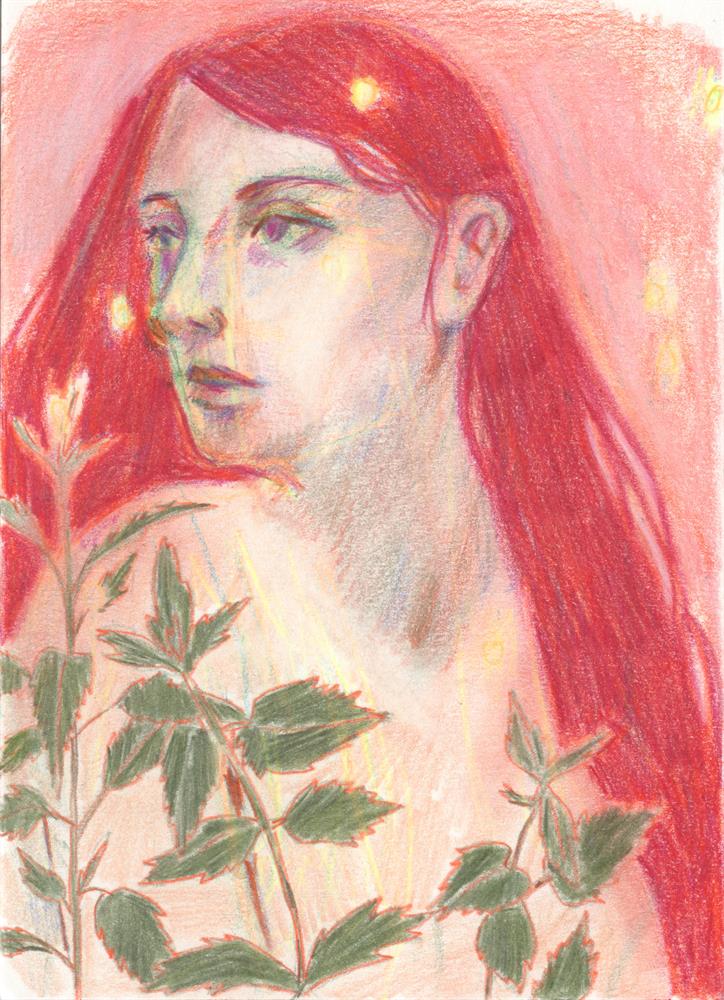
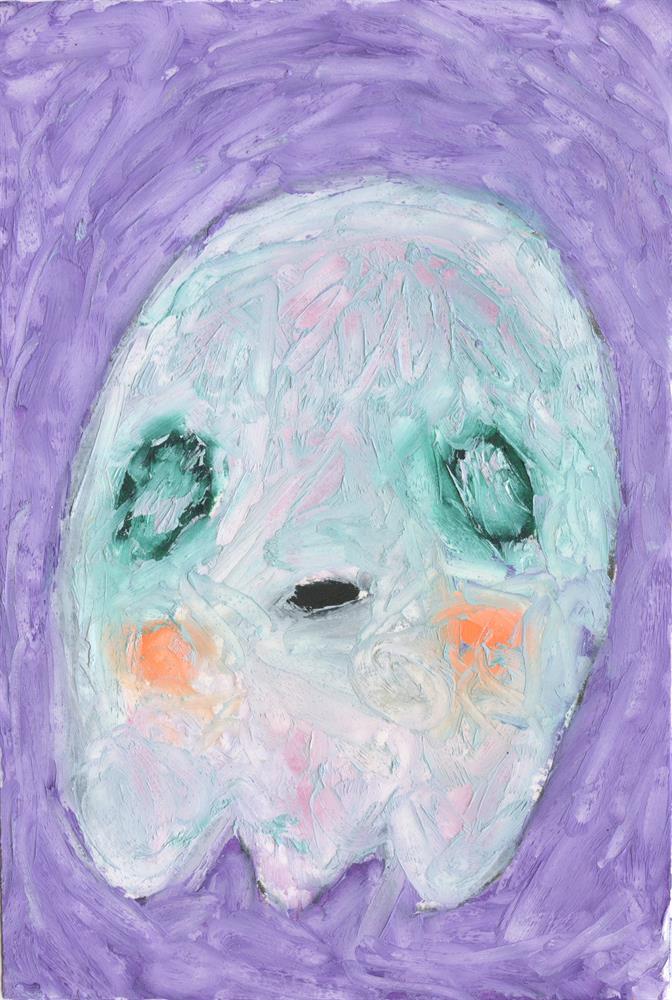
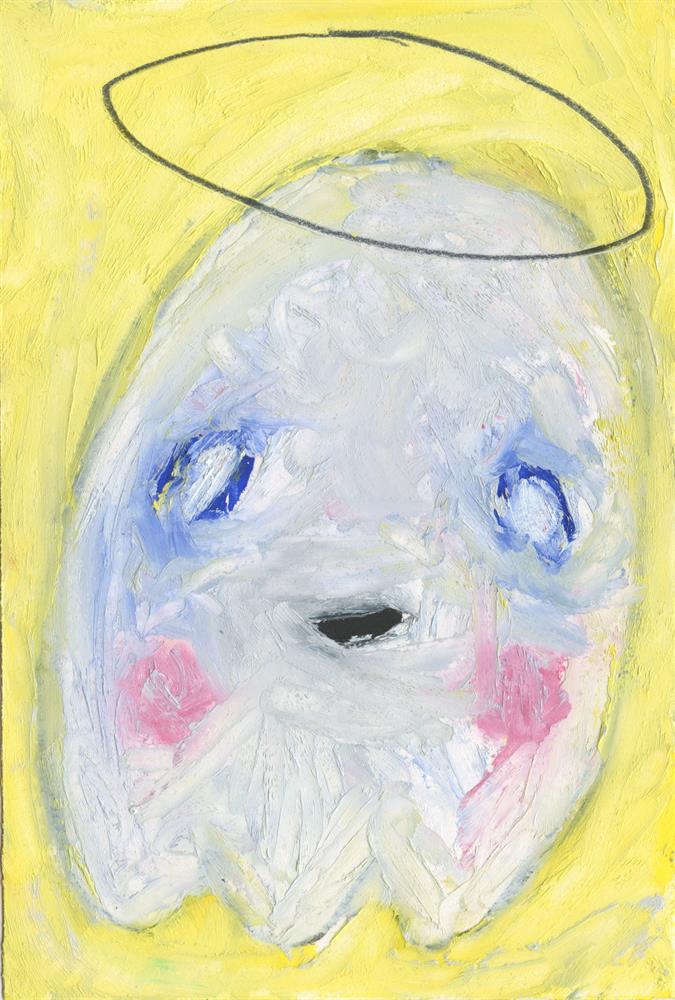

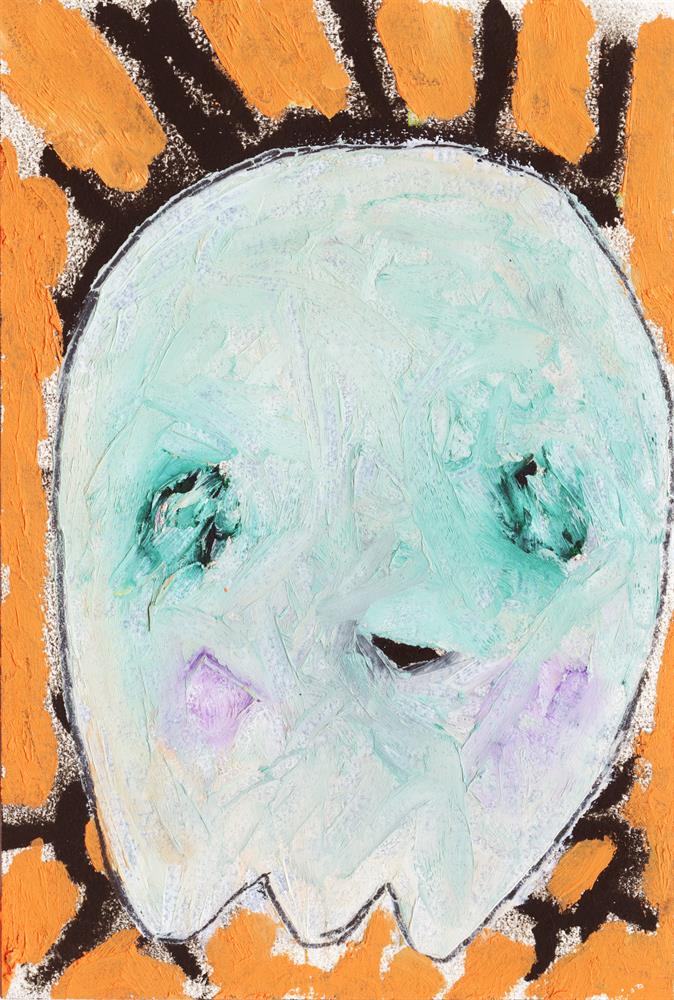
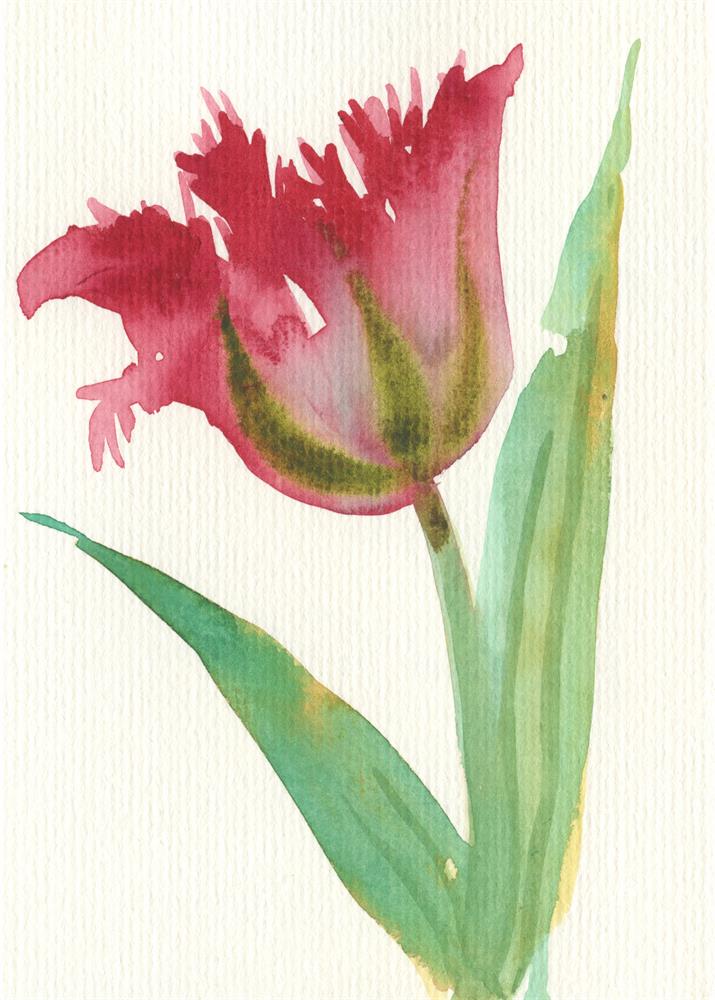
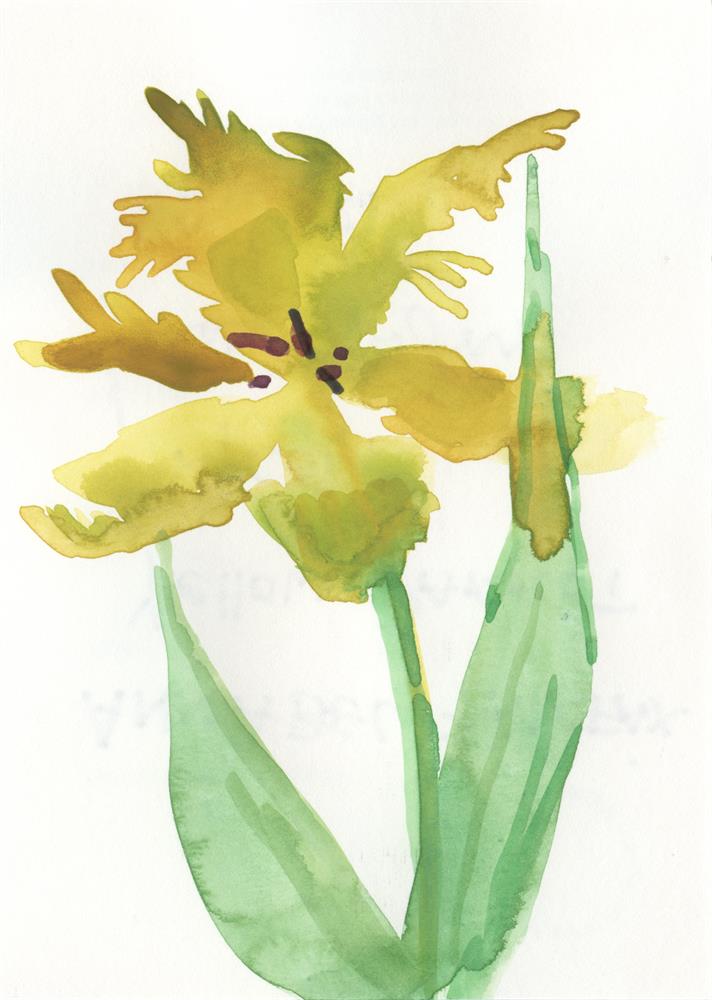
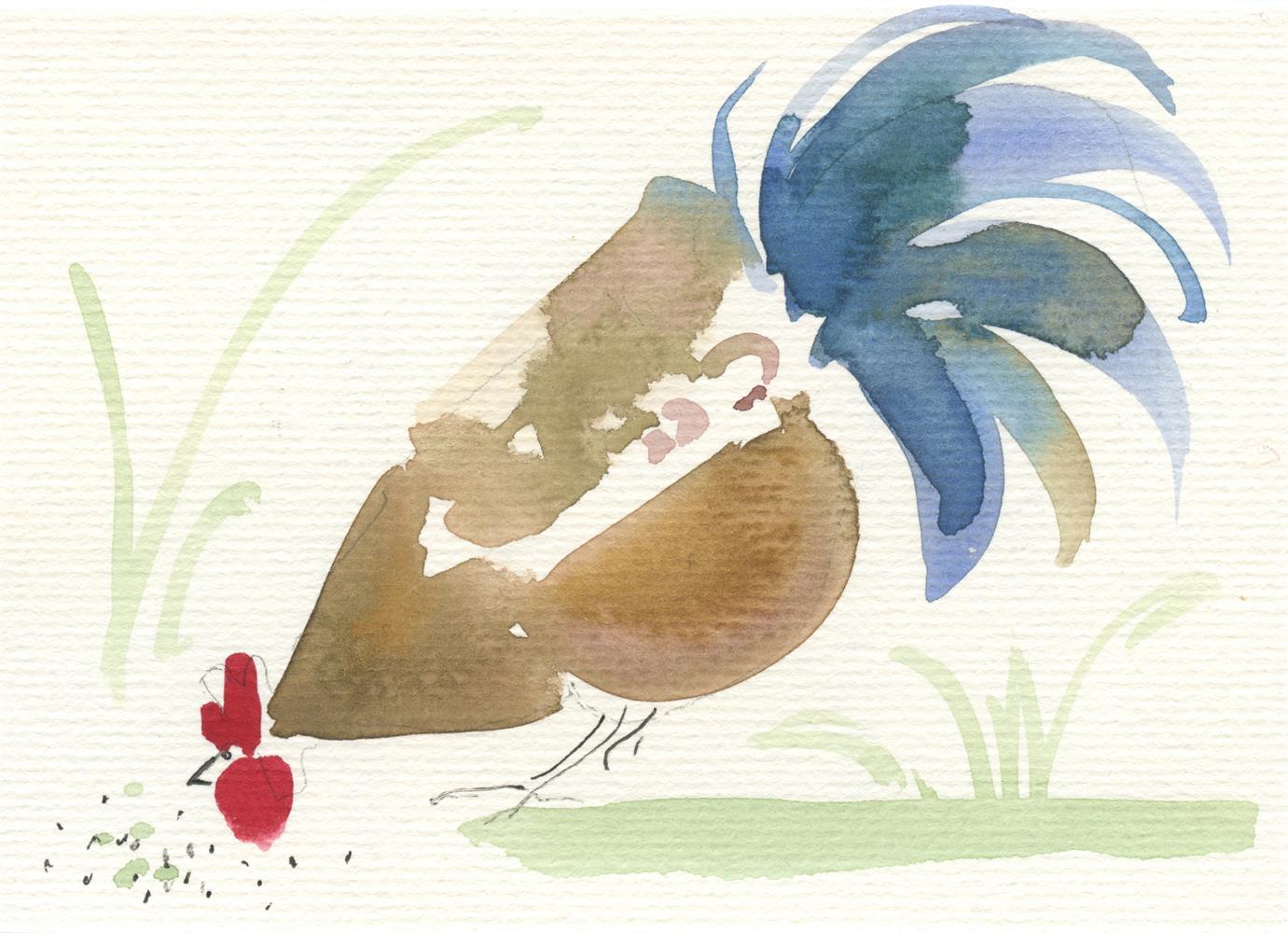
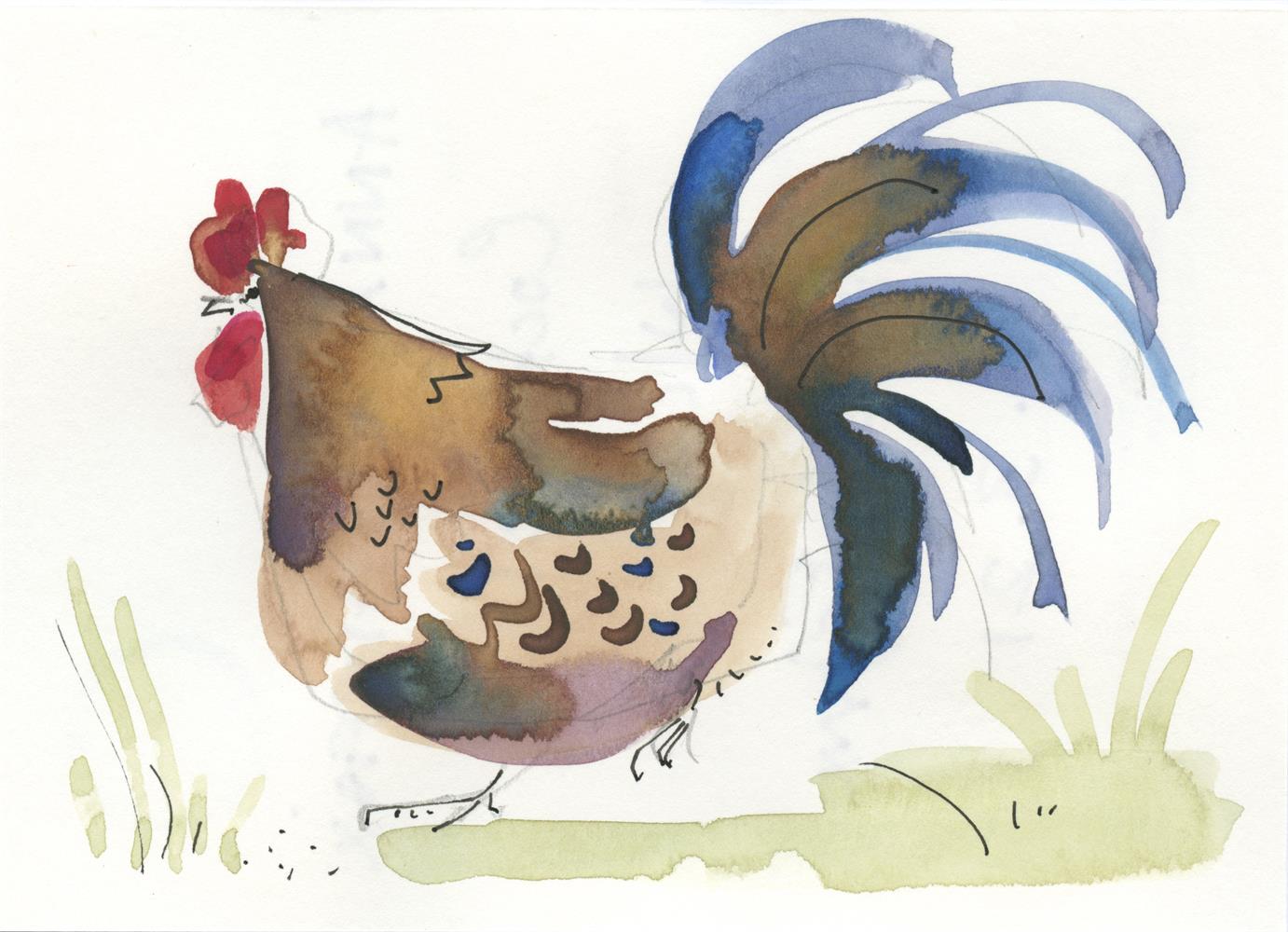
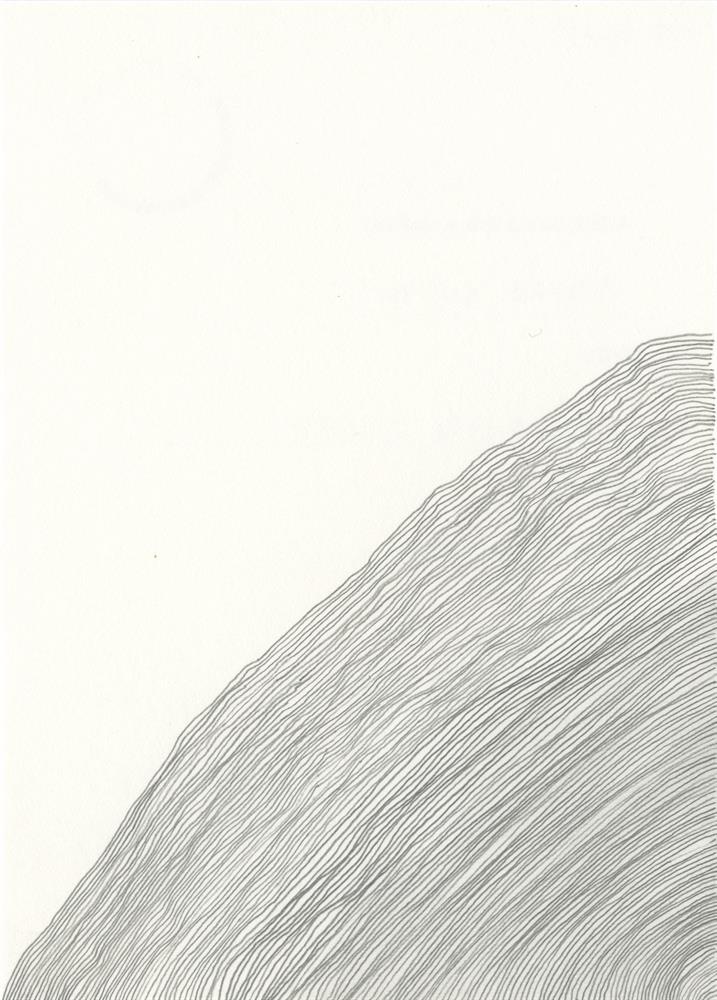
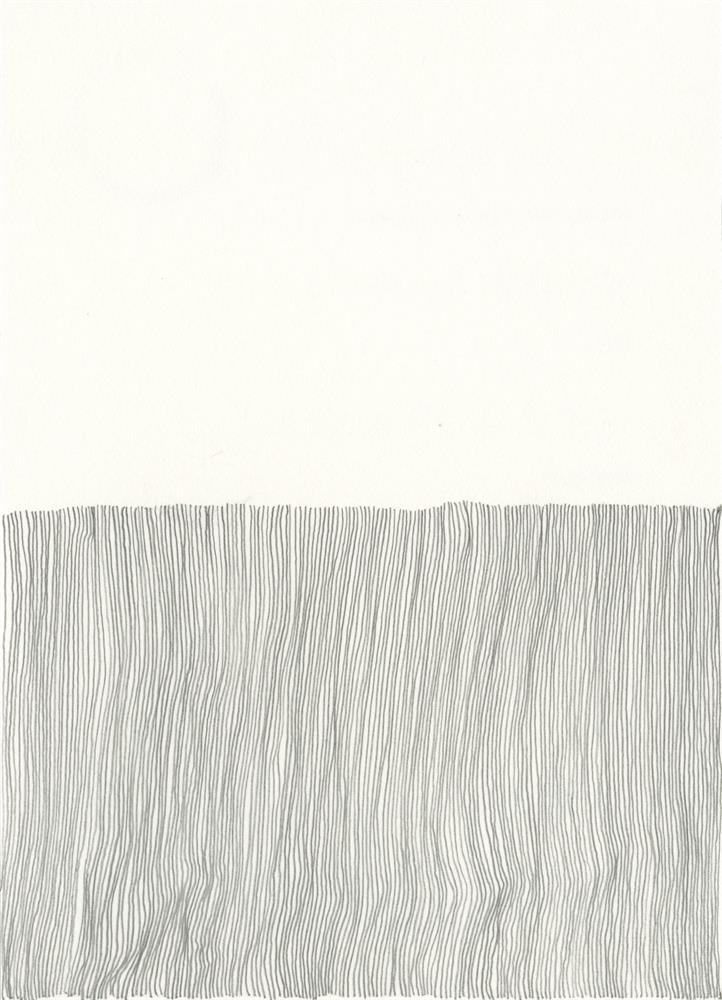
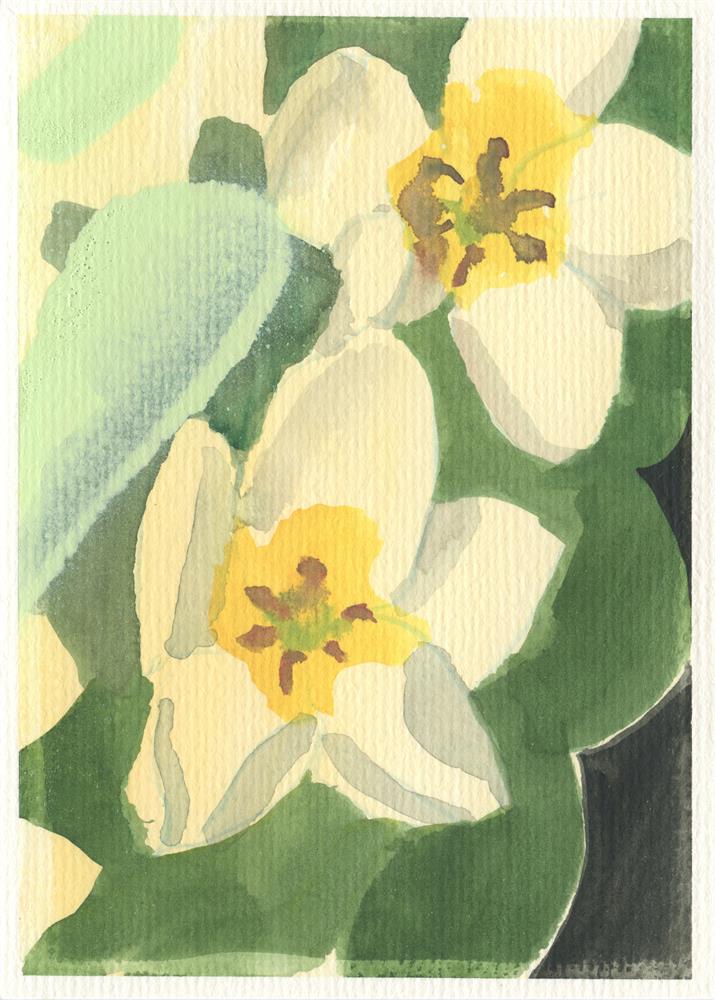
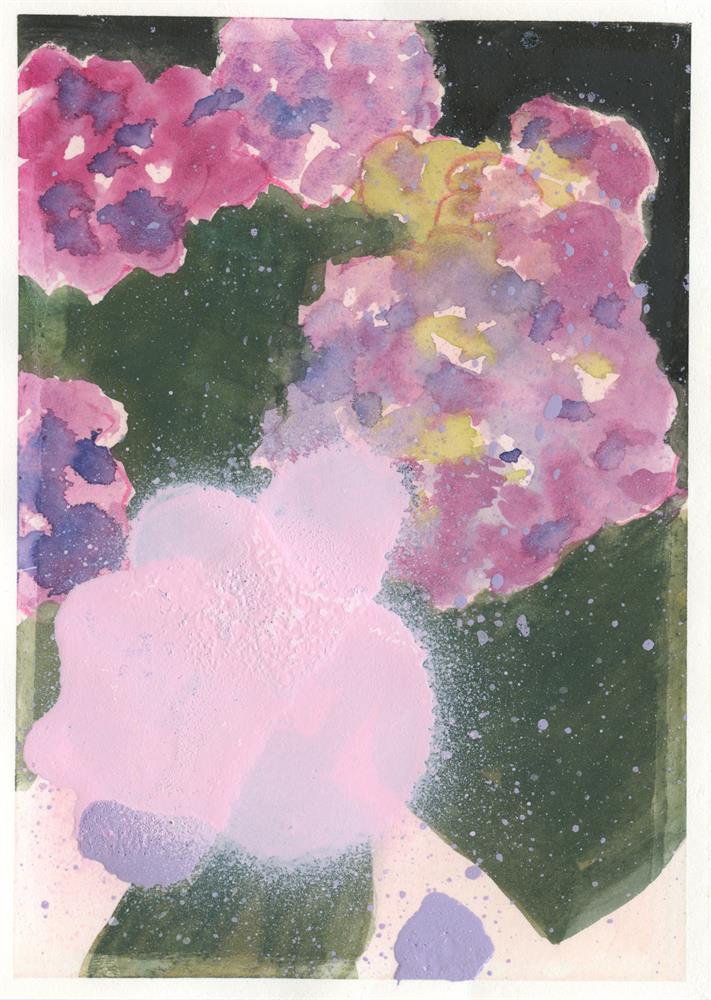
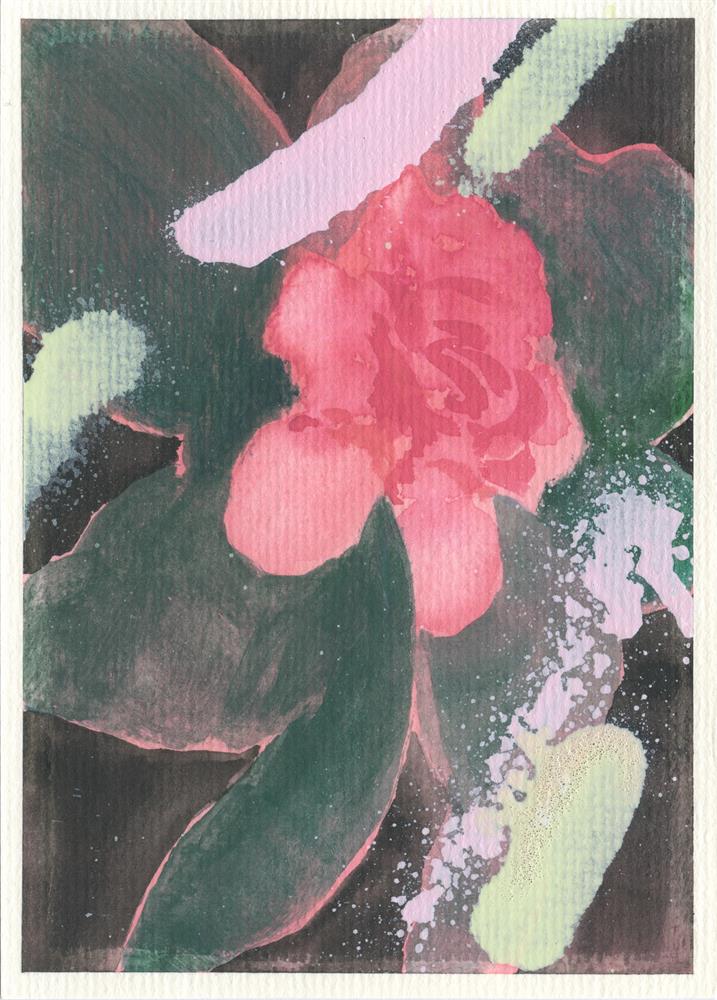
Testen Sie LotSearch und seine Premium-Features 7 Tage - ohne Kosten!
Lassen Sie sich automatisch über neue Objekte in kommenden Auktionen benachrichtigen.
Suchauftrag anlegen